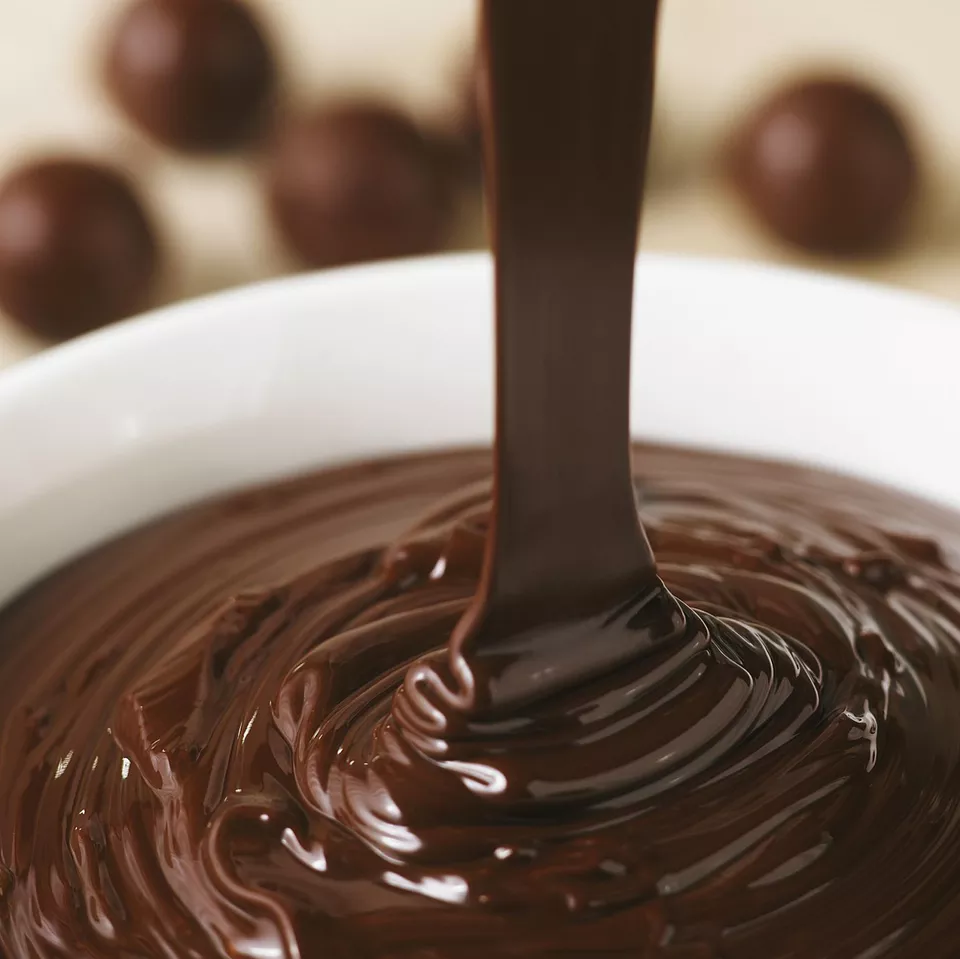Coverture chocolate and compound chocolate are two different types of chocolate used in baking, and they have distinct qualities due to their ingredients and processing methods. Here's why coverture chocolate is often considered higher in quality than compound chocolate:
-
Cocoa Butter Content: Coverture chocolate is made with a higher percentage of cocoa butter compared to compound chocolate. Cocoa butter is a natural fat extracted from cocoa beans during the chocolate-making process. It contributes to the rich flavor, smooth texture, and glossy finish of high-quality chocolate. The higher cocoa butter content in coverture chocolate gives it a superior mouthfeel and a more authentic chocolate flavor.
-
Flavor Complexity: Coverture chocolate is made with real cocoa butter and cocoa solids, which provide a complex and nuanced chocolate flavor. In contrast, compound chocolate typically replaces cocoa butter with less expensive vegetable fats or hydrogenated oils, which can result in a blander and less authentic chocolate taste.
-
Melting Properties: Coverture chocolate has excellent melting properties, which make it ideal for tasks like tempering. When properly tempered, coverture chocolate sets with a shiny finish, a satisfying snap, and a smooth texture. Compound chocolate may not temper as well and can have a waxy or greasy texture when melted and re-solidified.
-
Glossy Finish: Coverture chocolate has a higher cocoa butter content, which allows it to set with a glossy finish and a nice sheen. This makes it desirable for coating confections, truffles, and other baked goods. Compound chocolate may not achieve the same level of glossiness.
-
Versatility: Coverture chocolate is often preferred by professional chocolatiers and pastry chefs because of its versatility and ability to create high-quality chocolates and baked goods. It can be used for making ganaches, molding chocolates, creating decorations, and more. Compound chocolate, while less expensive, may have limitations in these applications.
-
Ingredient Quality: Coverture chocolate typically uses high-quality cocoa beans and cocoa butter, whereas compound chocolate may incorporate lower-quality ingredients and additives to mimic the taste and texture of real chocolate.
It's important to note that both coverture and compound chocolate have their own purposes and uses. Coverture chocolate is preferred for high-end, artisanal chocolates and premium baked goods, while compound chocolate is often used for mass-produced products where cost is a significant factor. The choice between the two depends on the specific requirements and budget of the baking or confectionery project.
Certainly! In a simpler and more economical sense:
Coverture chocolate is considered better quality than compound chocolate because it contains real cocoa butter, which gives it a richer flavor, smoother texture, and a glossy finish. This makes it perfect for premium chocolates and fancy baked goods.
On the other hand, compound chocolate uses cheaper ingredients like vegetable fats instead of cocoa butter. It can taste less like real chocolate, may not melt as nicely, and often lacks the shiny appearance. Compound chocolate is more budget-friendly but may not give you the same gourmet results as coverture chocolate.

